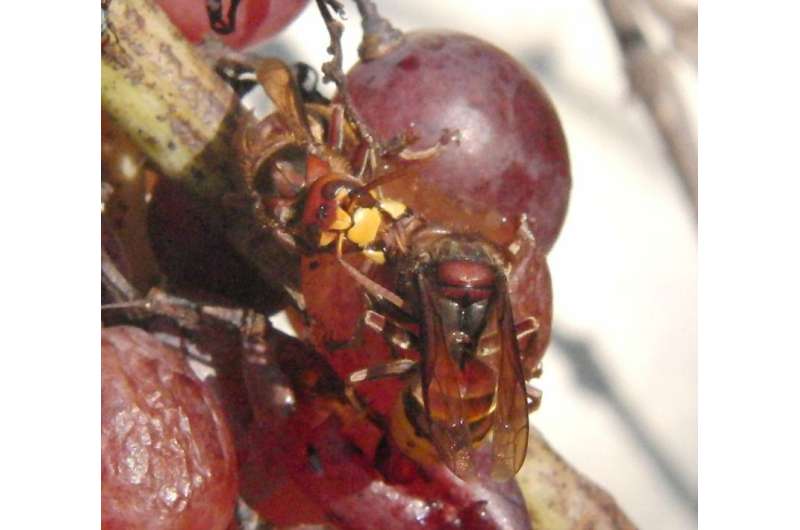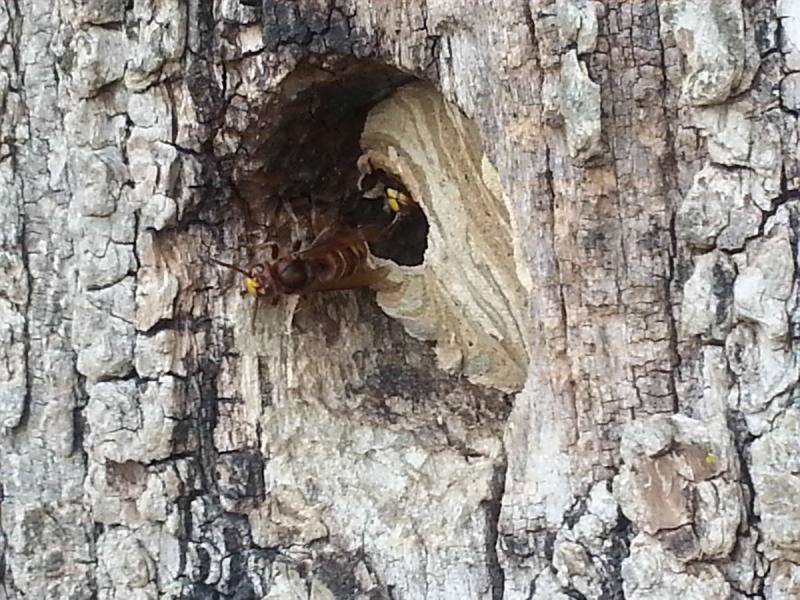January 19, 2016 report
Study shows brewer's yeast hybridizes in wasp gut

(Phys.org)—A team of researchers from Italy, Uruguay and Spain has found via lab study that common brewer's yeast not only mate in the guts of wasps, but interbreed with other yeast species, producing hybrids. In their paper published in Proceedings of the National Academy of Sciences, the group describes their study and results and why they believe their findings could have implications for both environmentalists and manufactures of yeast based products.
Brewer's yeast, a type of fungus, is used to make alcoholic beverages and bread—its use has been the focus of study for thousands of years, yet, as the researchers with this new effort note, little is known about it outside of the laboratory. To learn more, they started with the findings four years ago by another team—that brewer's yeast lives inside the guts of wasps while the wasps hibernate. They collected five different strains of the yeast and put them on grapes which were fed to wasps and then turned down the heat, causing the wasps to hibernate. After two months the researchers found that approximately one third of the yeast population had mated with yeast of a different species. After four months that number went up to 90 percent, proving , they claim, that yeast not only mate in wasp guts, but also interbreed.
Taking the experiment a step further, the researchers found that the interbred strains tended to be more hardy inside the wasp gut then those that were not—over time, the pure breeds actually died off. This, the researchers claim, proves that wasp gut reproduction is a major driver of yeast diversity in nature. And , they add, that suggests that yeast are dependent on interaction with insects for evolutionary development.

These findings, the team notes, could have serious implications for not just wine growers or bread makers, but for environmentalists as well. Here they suggest is evidence of a fundamental part of the ecological cycle that was not known to exist. They wonder if other insects might be playing a similar role for other yeast or fungus types, such as bees or ants. They plan to continue the work to find out.
More information: "Social wasps are a Saccharomyces mating nest," PNAS, www.pnas.org/cgi/doi/10.1073/pnas.1516453113
Journal information: Proceedings of the National Academy of Sciences
© 2016 Phys.org


















